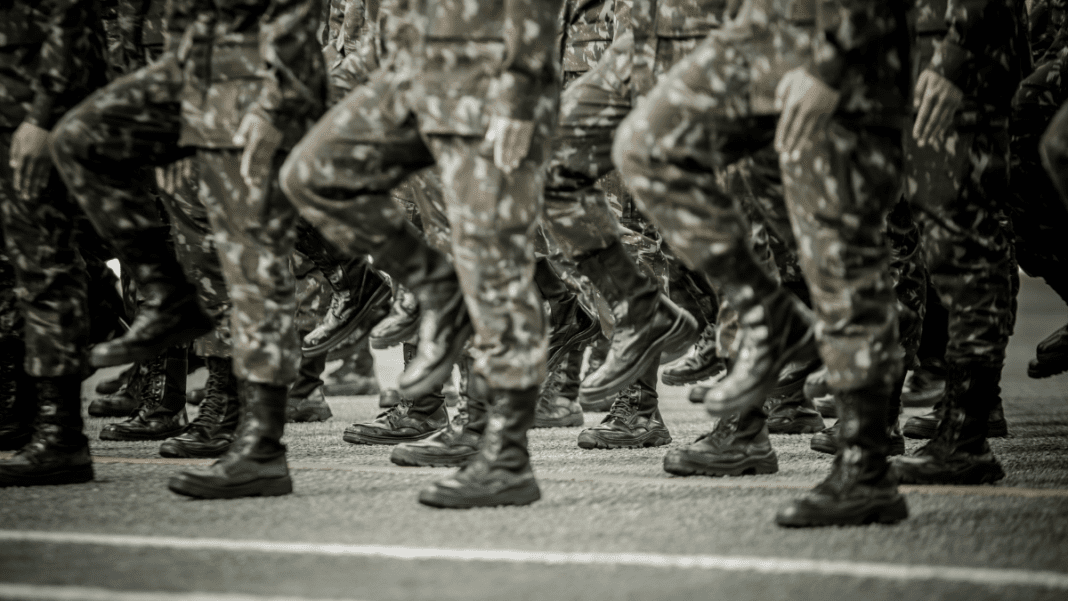Montenegro has officially voted to join NATO’s Security Assistance and Training for Ukraine (NSATU) program, marking a decisive step after months of political hesitation. The move signals stronger alignment with NATO allies and continued support for Ukraine.
Montenegro Steps Forward After Months of Delay
The vote took place in Parliament on November 12, where 44 lawmakers supported, five opposed, and two abstained. The decision positions Montenegro as an active contributor to NATO’s efforts to strengthen Ukraine’s defense amid Russia’s ongoing invasion.
The NSATU program aims to coordinate the training of Ukrainian security and defense forces. All training will occur within NATO member countries, ensuring that Montenegrin troops operate only on Alliance territory. Officials clarified that Montenegro will not deploy troops inside Ukraine, a reassurance meant to calm public concern about direct involvement in the conflict.
According to national leaders, the decision follows commitments made at last year’s NATO Summit in Washington, where member states agreed to expand training and support programs for Ukraine. As a NATO member since 2017, Montenegro’s participation reinforces its role within the Alliance and its dedication to collective defense.
This development stands out as one of the most significant foreign policy moves in recent years for Montenegro, a country balancing its Western orientation with historic economic and cultural ties to Russia.
Debate and Division Inside the Country
The decision sparked intense debate inside Parliament. While the ruling majority backed the motion, some parties opposed participation, warning that it could damage Montenegro’s relations with Moscow.
Opposition voices argued that Montenegro should maintain neutrality and avoid involvement in what they described as “other people’s conflicts.” They expressed concern that the move could lead to economic or diplomatic retaliation from Russia, which remains a key player in the region through trade, tourism, and energy investments.
Despite the warnings, the majority of lawmakers stood firm. They emphasized that the mission is non-combat, focusing only on training and coordination. Supporters said Montenegro’s participation symbolizes solidarity with Ukraine and strengthens trust within NATO.
The Defense and Security Council, which includes Montenegro’s top leadership, had already approved the plan earlier this year. Officials described it as a responsible and lawful way to contribute to global stability without escalating tensions.
Supporters also noted that joining NSATU could enhance Montenegro’s military cooperation with other NATO allies and provide valuable experience through joint training. Critics, however, argued that the government made the decision too quickly and without enough public discussion. They called for broader consultation, saying the issue could affect Montenegro’s diplomatic balance in the region.
NATO’s Mission and the Role of Montenegro
The NSATU initiative was launched to strengthen Ukraine’s defense readiness and help its forces adopt NATO standards. It focuses on sharing expertise, training personnel, and providing logistical and technical assistance.
Montenegrin soldiers will serve on NATO bases—potentially in countries like Poland, Romania, or Germany—ensuring the mission remains within safe boundaries. Officials stressed that the mission does not involve combat operations and poses no military threat to any country.
The Defense Ministry described Montenegro’s involvement as a reflection of its commitment to “freedom, peace, and mutual security.” It also serves as a continuation of NATO’s non-combat assistance, reaffirmed during the Washington summit.
This is not the first time Montenegro has supported Ukraine. The country has earlier provided humanitarian aid and equipment to Ukrainians affected by the war. Joining the NSATU mission now adds a structured military component to that support.
Drone war escalates — 75 Ukrainian UAVs strike deep inside Russia, crippling Volgograd industry
Montenegro is also expected to take part in a European Union–led initiative focused on training and coordination for Ukrainian forces, reinforcing its growing role in European and transatlantic defense efforts.
While some political figures warn that Moscow may see the decision unfavorably, others view it as a natural step under Montenegro’s NATO membership. Officials stress that the mission remains limited to training activities within NATO territory.
The move aligns Montenegro with many Eastern European nations reaffirming their NATO commitments amid rising regional tensions. For the small Adriatic nation, the November 12 vote highlights its choice to stand with allies and contribute meaningfully to collective security.
